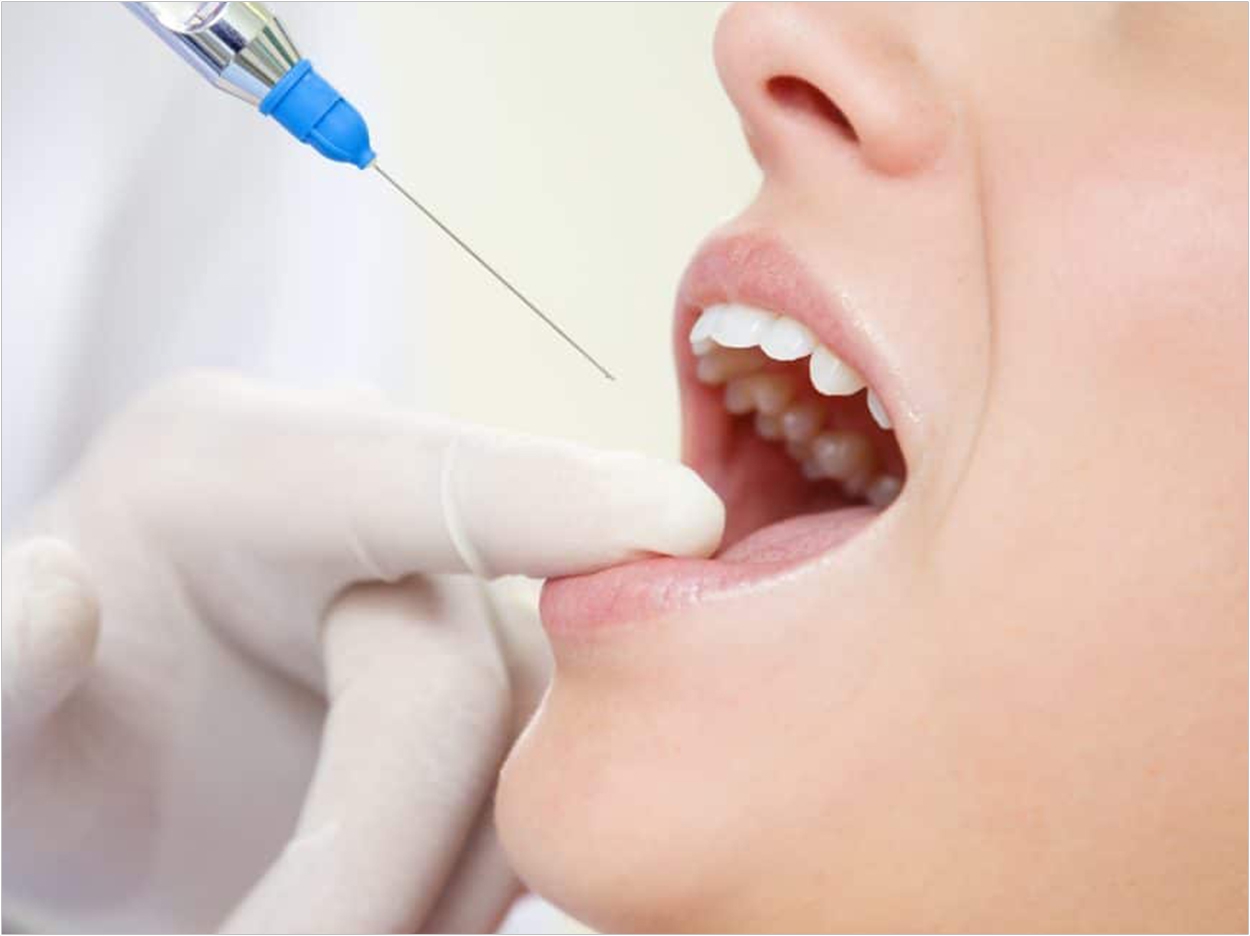
Researchers at the University of Southern California Herman Ostrow School of Dentistry are developing a new numbing compound for pediatric dental patients designed to alleviate both injection pain and anxiety.
“The numbing agent we use is kind of hit or miss with kids,” said Thomas Tanbonliong, DDS, associate professor of clinical dentistry. “It’s an eternal struggle.”
Children require effective numbing agents, the researchers said, but they also have to consider how children’s bodies absorb the agent since children have less body mass than adults.
The normal standard of care is a 20% benzocaine solution. The researchers then tested a compound including 10% lidocaine, 10% prilocaine, and 4% tetracaine. Since it is difficult to get approval for testing on children, the researchers developed a pilot study to test the compound on adults first.
The researchers did not have much experience with creating a randomized, double-blind trial, so they brought in Melissa Wilson, PhD, a biostatistician and associate professor of research in preventive medicine.
The study involved 26 subjects treated with the new compound and 26 treated with traditional benzocaine. The subjects then rated their pain on a scale. Also, their heart rates were measured at four different points during the procedure, which often tells if people are stressed even if they don’t react with pain.
“We were able to look at two measurements,” said Wilson, “a subjective pain score and an objective heart rate.”
The heart rate measurements were the same between the two groups. The control group of subjects treated with benzocaine actually had lower pain scores than the experimental group treated with the new compound. The new numbing compound also presented more complications.
“We were hoping that we’d see a big difference between the compounds that will lead us to a follow-up on children,” said Tanbonliong. “But we saw no significant differences.”
However, the researchers are still considering further testing, noting that interdisciplinary collaboration will be essential to any success.
“You get points of view from different people, and you can tap into the expertise of others,” said Tanbonliong, who noted that interdisciplinary work is common in medicine but is just starting to grow in dentistry.
“Hopefully this will be a catalyst to tap on expertise of other dental specialties,” he said. “We want to advance science and teach our students and residents evidence-based techniques. That’s the goal of this kind of research.”
The study, “Comparing the Efficacy of a Compound Topical Anesthetic Versus Benzocaine: A Pilot Study,” was published by Anesthesia Progress.
Related Articles
Dexmedetomidine Improves Safety in Dental Anesthesia
No Significant Complications Reported in Year-Long Pediatric Anesthesia Study
What Is a Dentist Anesthesiologist?












